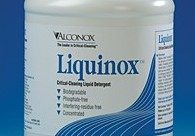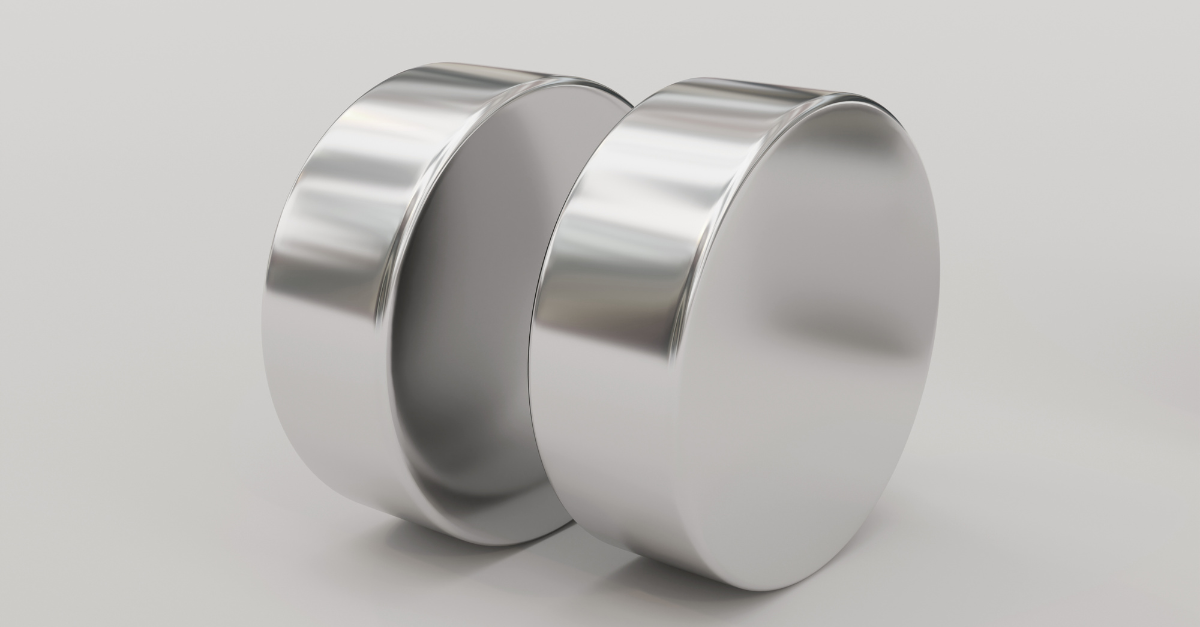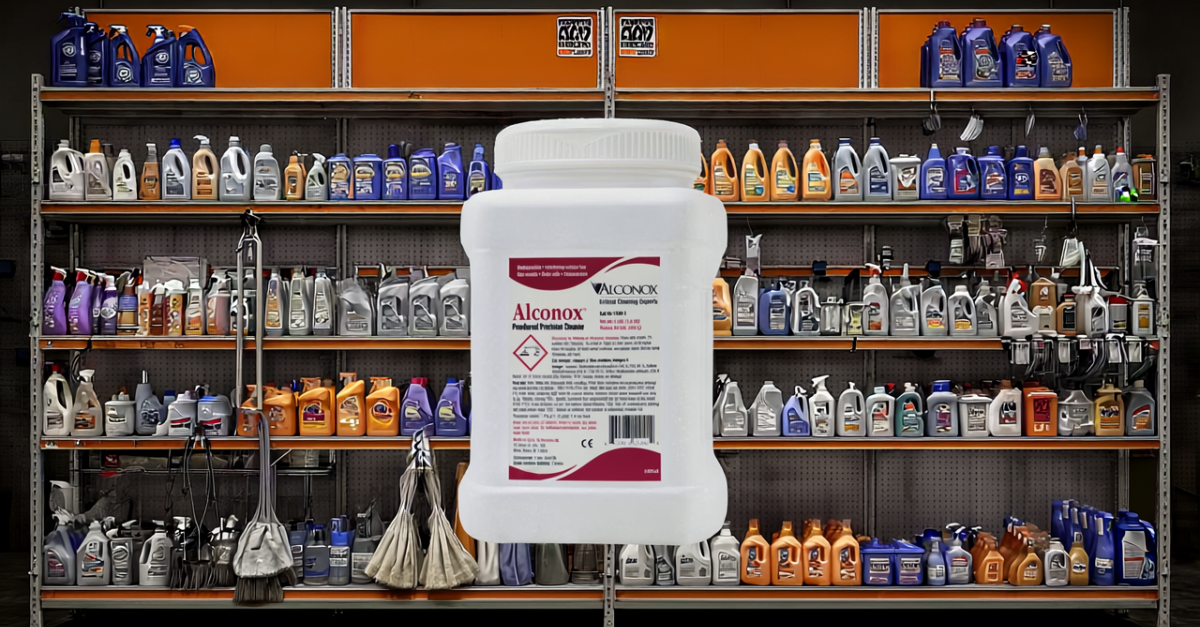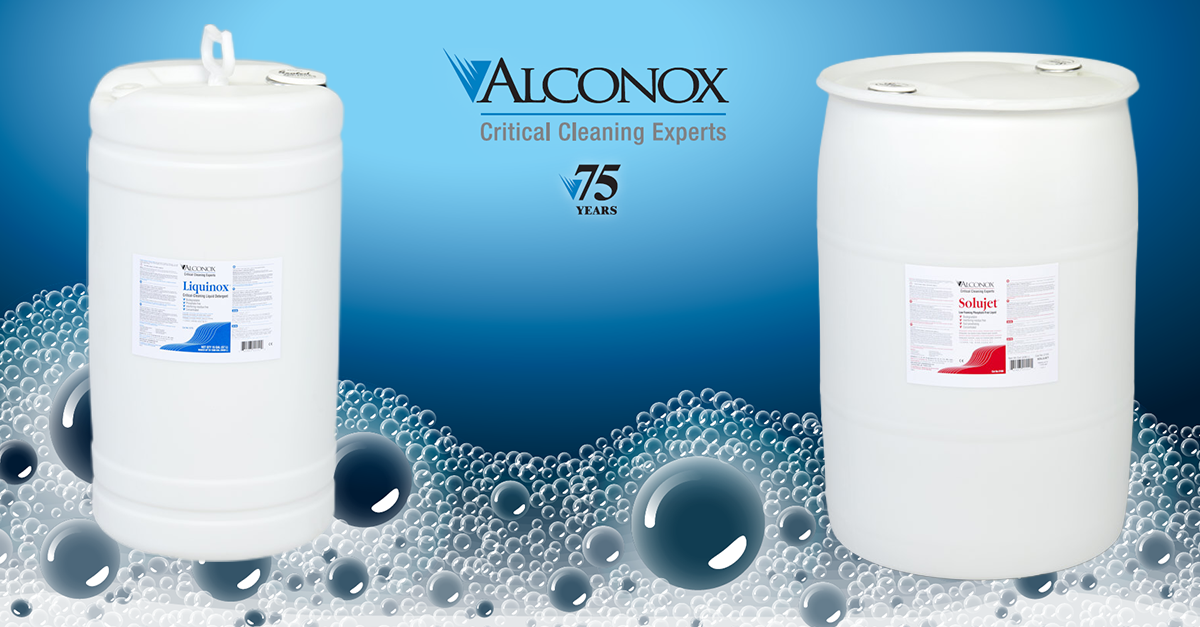
Q. We have an other department that makes a vacuum tube that is nearly identical to ours and they have a much better yield. They use Liquinox for their cleaning agent. I would like to talk to one of your engineers regarding their view of our present cleaning method (Sodium Hydroxide, Muriatic Acid, DI water, Methanol) vs. Liquinox. I have no historical information as to why we use the mentioned chemicals. The items that are cleaned are: tungsten plates, kovar pins and glass.
A. Liquinox is likely to be superior in removing non-methonal soluble organic residues as compared with your cleaning process. In your process, sodium hydroxide will remove alkaline labile organic residues, but will also create insoluble hydroxide salts and oxides. Most of these would be removed by the muriatic acid and DI water. Whatever organics have survived this process will be removed by methanol if they are methanol-soluble. It is possible that there would be precipitates from the sodium hydroxide step and non-methanol soluble organics that would survive this process.
Liquinox with its synergistic blend of surfactants, emulsifiers, dispersants, and chelating agents would be likely to remove all of these and additionally the rinse aids in Liquinox would assist in residue free results.
We offer free samples if you’d like to try Liquinox. Just complete the questionnaire at Get Sample. And if you have a question for our experts about critical cleaning, please visit Ask Alconox.



